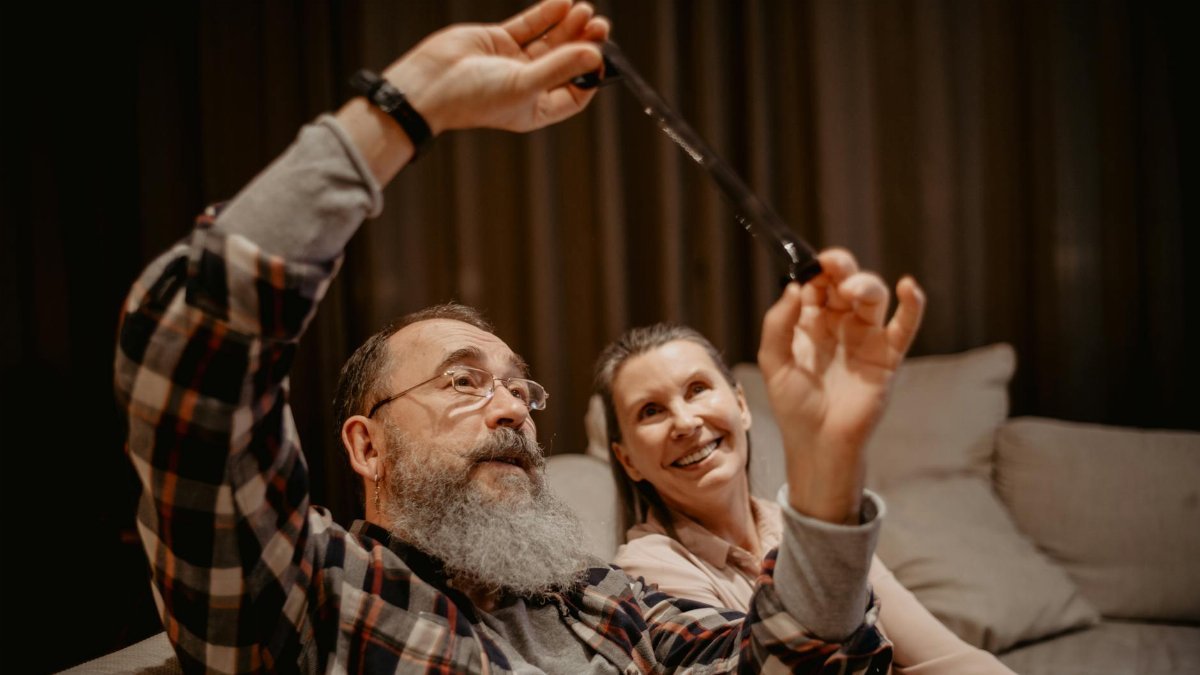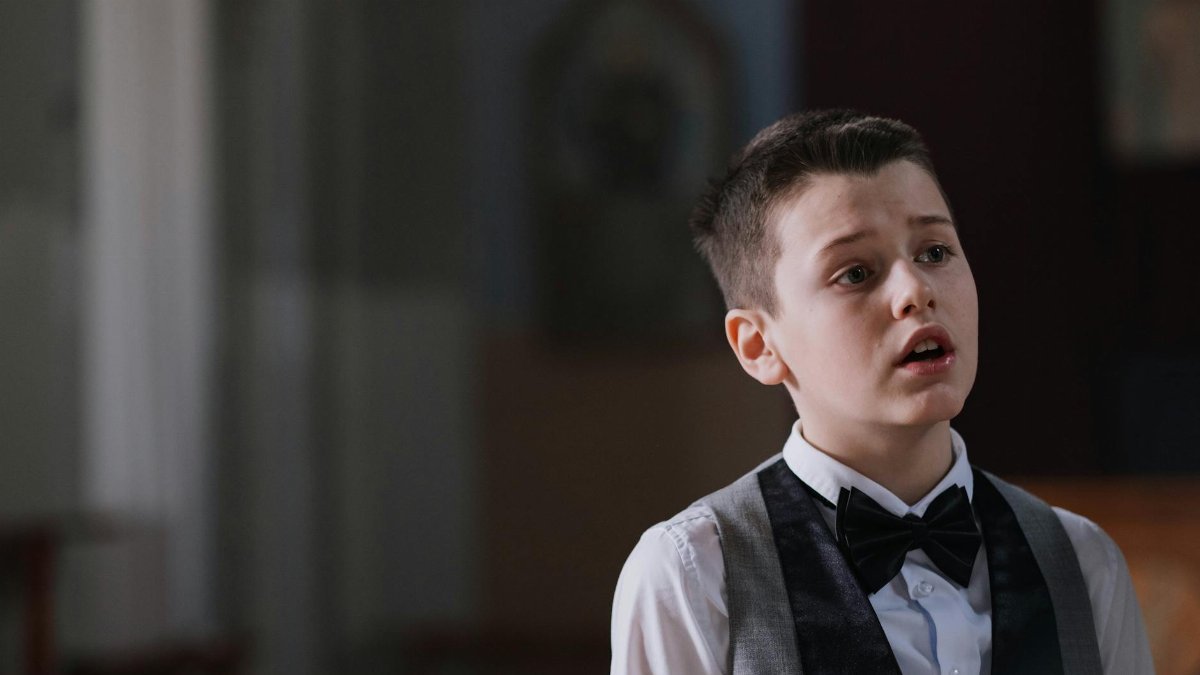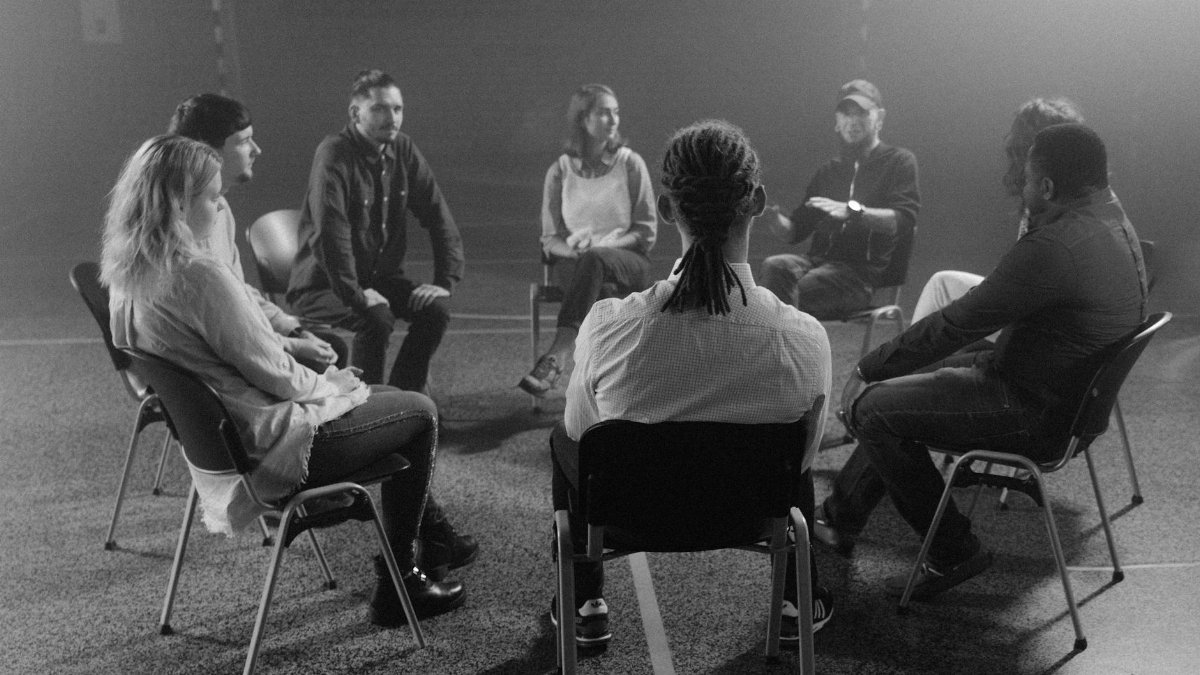Imagine a room filled with tentative voices, each note wobbling at first, then blending into a powerful harmony. That’s the scene unfolding across community centers and church basements in cities like Chicago and Seattle, where choir group therapy is quietly gaining traction. It’s not just about singing for the sake of music. For many middle-aged Americans grappling with stress, isolation, or even grief, these groups offer a surprising lifeline—a chance to connect, heal, and rediscover joy through shared song. Unlike traditional talk therapy, this approach sidesteps formal diagnoses and couches, leaning instead on the raw, universal language of melody. As mental health challenges persist in 2025, with loneliness often dubbed a silent epidemic, such gatherings are striking a chord. They remind us that sometimes, the simplest acts—like raising your voice alongside others—can mend what words alone cannot.
The Healing Power of Harmony

At its core, choir group therapy taps into something primal. Singing together isn’t new—humans have done it for millennia, from tribal chants to church hymns. But science now backs what many have long felt: group singing releases endorphins, those feel-good chemicals that lift moods. A study from the University of Oxford found that singing in a group can lower stress hormones like cortisol, fostering a sense of calm. You can explore the details of this research on their site at University of Oxford Research. Beyond biology, the act of blending voices creates a tangible bond. For someone in their 40s or 50s, perhaps feeling adrift after a divorce or career shift, that connection can be a quiet revelation. It’s not about perfection; it’s about showing up.
Take the story of a woman in her late 50s from a small Ohio town. After losing her spouse, she joined a local choir on a whim. At first, she barely spoke to anyone. But week by week, as she learned to match her alto to the group’s rhythm, she found herself lingering after rehearsals, swapping stories over coffee. The songs became a bridge to something she hadn’t felt in years: belonging.
A Break From Traditional Therapy

Traditional therapy often involves dissecting pain in a one-on-one setting, which can feel daunting or even clinical. Choir group therapy offers a different path. There’s no pressure to bare your soul verbally. Instead, the act of singing—whether it’s a soulful gospel tune or a pop ballad—becomes the outlet. A 2016 report from the National Institutes of Health highlights how music-based interventions can reduce anxiety and depression symptoms, often as effectively as some talk therapies. Dig into their findings at National Institutes of Health. For middle-aged adults who might shy away from a therapist’s office due to stigma or cost, a community choir feels less intimidating. It’s therapy disguised as a hobby.
That accessibility matters. Many participants don’t even realize they’re engaging in a form of healing until months in, when they notice they’re sleeping better or laughing more. The lack of formal structure—no intake forms, no hourly fees—lowers the barrier. You just show up, open your mouth, and let the notes do the work.
Building Bonds in Middle Age

Middle age often brings a shrinking social circle. Kids move out, friendships fade with distance, and work consumes time. Loneliness creeps in, and it’s not just emotional—it’s a health risk. Research from the Centers for Disease Control and Prevention links social isolation to higher rates of heart disease and dementia, a sobering reality for many in their 40s and 50s. Check their data at CDC on Loneliness. Choir group therapy counters this by forging unexpected ties. You’re not just singing; you’re part of a collective, accountable to show up for the soprano who struggles with high notes or the tenor who always brings extra sheet music.
These aren’t shallow connections. Over time, choir members often become confidants, sharing life’s messiness during post-rehearsal chats. For a generation that might feel invisible in a youth-obsessed culture, being heard—literally and figuratively—can shift how they see themselves.
Navigating Emotional Vulnerability

Not everyone arrives at a choir ready to harmonize their feelings. Some hesitate, worried they’ll sound off-key or expose too much. After all, singing is personal; it’s your voice, raw and unfiltered, laid bare for others to hear. That vulnerability can be a hurdle, especially for those conditioned to keep emotions under wraps. Yet, choir leaders often emphasize process over polish. A director in Portland described it this way: “We’re not auditioning for Broadway. We’re here to feel something together.” That mindset helps ease the nerves, turning a potential source of shame into a shared strength.
Still, it’s not always seamless. Some drop out after a session or two, overwhelmed by the emotional weight of certain songs—think a ballad that dredges up a buried memory. But for those who stay, the discomfort often morphs into a kind of quiet courage, a willingness to be imperfect in front of others.
Practical Benefits Beyond the Music

Choir group therapy isn’t just about emotional release; it has tangible effects on daily life. Singing improves lung capacity and posture, small but meaningful boosts for aging bodies. More striking, though, is its impact on mental clarity. A study by Pew Research Center notes that creative group activities, including singing, correlate with improved cognitive resilience in older adults. Their analysis is worth a read at Pew Research Center on Health and Wellness. For someone juggling midlife stressors—caring for aging parents, managing finances—those moments of focus during rehearsal can feel like a mental reset.
Then there’s the ripple effect. Participants often report carrying the group’s energy into their week, humming a tune while stuck in traffic or feeling less rattled by a tough day. It’s not a cure-all, but it’s a buffer, a reminder that they’re part of something bigger than their immediate struggles.
Challenges and Misconceptions

Despite its benefits, choir group therapy isn’t without skeptics. Some dismiss it as a fad, arguing it can’t match the depth of licensed counseling. Others balk at the idea of group settings, fearing judgment or simply not vibing with the crowd. There’s truth to these concerns—choirs aren’t a substitute for professional help in cases of severe trauma or mental illness. And not every group clicks; a mismatched dynamic or an overbearing director can sour the experience.
Online discussions often reveal another sticking point: accessibility. One person shared anonymously that they loved the idea but couldn’t find a local choir that felt welcoming or affordable. Location and cost remain barriers, especially in rural areas or for those on fixed incomes. Still, virtual choirs have emerged in 2025 as a workaround, though they lack the visceral punch of in-person harmony.
Finding Your Voice in a Choir

Curious about trying choir group therapy? Start small. Look for community choirs through local libraries, churches, or recreation centers—many are free or low-cost. Don’t worry about talent; most welcome all skill levels. If you’re in a bigger city, websites like Meetup can point you to groups focused on healing through song. The key is consistency. Show up, even when you’re tempted to skip. Let the music—and the people—do the rest.
It’s worth noting that the benefits build over time. You might not feel transformed after one session, but stick with it for a few months, and the shift becomes clearer. You’re not just singing. You’re weaving yourself into a tapestry of voices, each one imperfect, each one essential. For many navigating the complexities of middle age, that’s more than enough.
